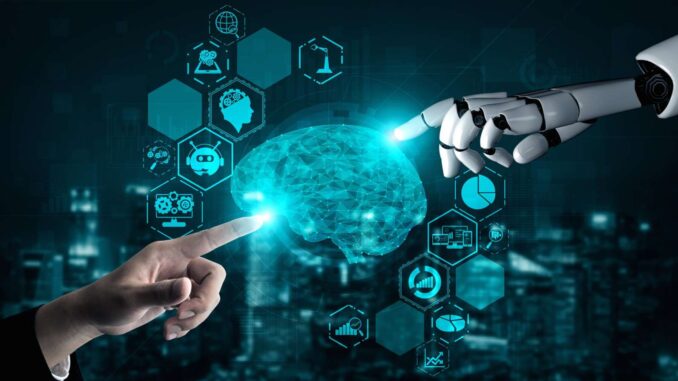
Advancements in trustworthy AI technologies are critical in ensuring that artificial intelligence systems are safe, reliable, fair, and aligned with human values. Here are some key areas where advancements are being made:
1. **Transparency and Explainability**: – **Interpretability Tools**: Development of tools and frameworks that explain how AI models make decisions, allowing stakeholders to understand and trust the outcomes. Techniques like SHAP (SHapley Additive exPlanations) and LIME (Local Interpretable Model-agnostic Explanations) are commonly used.









– **Model Cards and Data Sheets**: Standardized documentation that provides comprehensive information about AI models, including their intended use, limitations, and performance metrics.
2. **Fairness and Bias Mitigation**:
– **Bias Detection and Correction**: Algorithms and frameworks are being developed to identify and mitigate bias in AI systems. This includes pre-processing, in-processing, and post-processing methods.
– **Fairness Metrics**: Establishing metrics to evaluate fairness in AI systems, ensuring that they perform equitably across different demographic groups.
3. **Robustness and Security**:
– **Adversarial Training**: Techniques that make AI models more resilient to adversarial attacks through robust training strategies.
– **Secure AI Protocols**: Research into secure multi-party computation and federated learning to ensure privacy and security while using distributed AI technologies.
4. **Regulatory and Ethical Frameworks**:
– **Ethical Guidelines**: Development of frameworks and guidelines by organizations and governments to ensure ethical behavior in AI development and deployment, emphasizing accountability and social responsibility.
– **Compliance Tools**: Tools that help organizations ensure their AI systems comply with regulations such as the GDPR (General Data Protection Regulation) or emerging AI-specific legislation.
5. **Human-AI Collaboration**:
– **User-Centric Design**: Creating AI systems that enhance human decision-making through better user interfaces and collaborative tools.
– **Incorporating Human Feedback**: Utilizing techniques like reinforcement learning from human feedback (RLHF) to improve AI alignment with human values and preferences.
6. **Sustainability and Environmental Responsibility**:
– **Energy-efficient AI**: Research into algorithms that reduce the carbon footprint of AI training and inference, promoting more sustainable practices in AI development.
– **Lifecycle Assessment Tools**: Tools for assessing the environmental impact of AI systems throughout their lifecycle, from data collection to deployment.
7. **Accountability Mechanisms**:
– **Auditing and Monitoring Systems**: Development of systems for continuous monitoring and auditing of AI systems to ensure compliance with ethical and operational standards.
– **Whistleblower Protections**: Encouraging reporting of misuse or ethical violations in AI practices through safe and protected mechanisms.
8. **Interdisciplinary Collaboration**:
– **Cross-Disciplinary Research**: Encouraging collaboration between AI researchers, ethicists, sociologists, and domain experts to create more holistic and trustworthy systems.
As AI continues to evolve, the focus on making AI technologies trustworthy will remain paramount. Stakeholders from academia, industry, and government must collaborate to develop comprehensive strategies that address these challenges effectively.

Leave a Reply